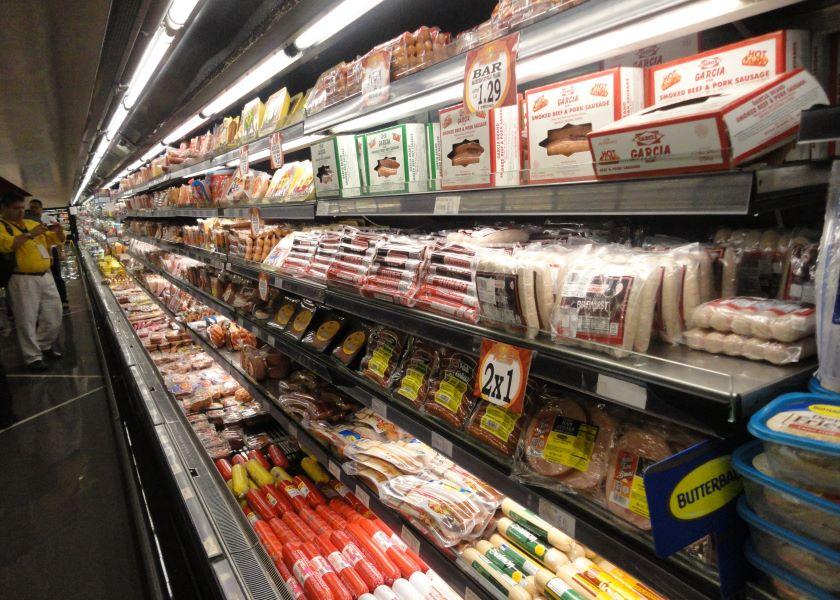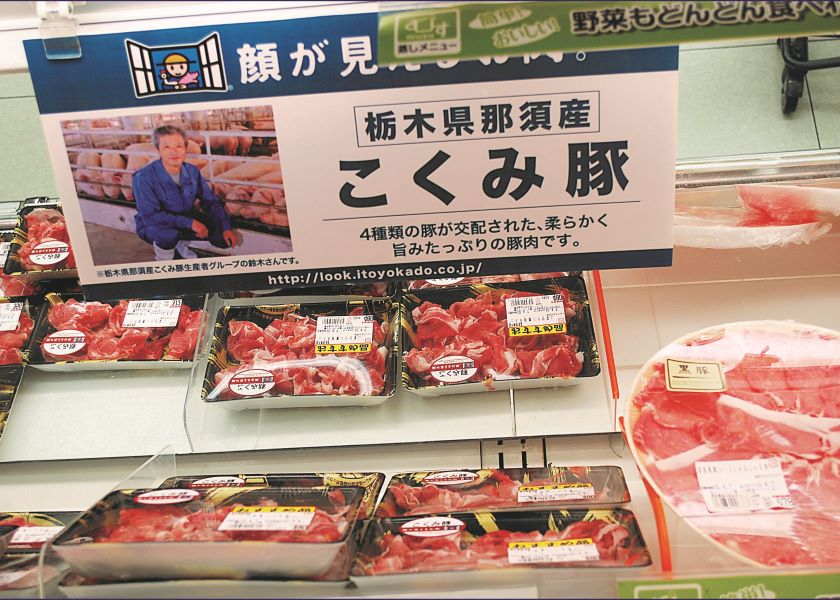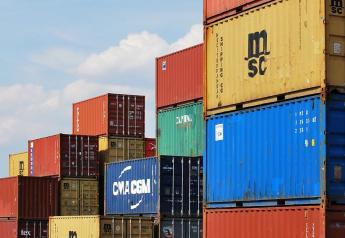Why the U.S. Pork Industry Needs to Capture More Value From the Carcass

Masks. Blood. Pigs’ feet. There’s a world of opportunities out there to capture more value from the pork carcass, says Dermot Hayes, an Iowa State University economist.
It’s no small thing to have export markets and opportunities to sell pork into countries where consumer tastes are so different.
“The pig has four feet. And when China's buying those feet, they're worth as much as $1 a piece,” Hayes says. “That's a product that wouldn't have any value at all without China.”
Understanding the tastes and preferences of U.S. pork customers and potential customers around the globe is critical to the U.S.’ diversification and differentiation strategy, explains Clay Eastwood, director of international market development for the National Pork Board.
“The strategy to diversify export markets is working, while year-to-date U.S. pork exports to China are down 21%, total U.S. pork exports are up 1% compared to 2020,” Eastwood says.

Pork in Asian market. Photo from National Pork Board and the Pork Checkoff.
Exports are key to utilizing the entire carcass by not only providing important protein to the entire world but also helping U.S. farmers increase the value of the hogs they raise, says David Newman, past president of National Pork Board and a producer representing Arkansas.
“Understanding what those customers need, whether they are looking for consistency, quality, sustainability or unique cuts, all those things are very important to us because it's really about whole carcass utilization,” Newman adds.
Most export markets take into account a variety of different products, explains Rupert Claxton, Gira meat director. Gira recently completed a study providing insights on how U.S. pork can differentiate itself in the global export market.
“It’s not just the fresh meats we're typically talking about like hams, loins, picnics and butts. It's that offal market that's huge, non-traditional items certainly help drive value right back into the production system we have in the U.S.,” Claxton says.
Eastwood adds that a big piece of whole carcass utilization is tied to pork byproducts and variety meats and the value that the export markets bring. Without those export markets, these items would have little to no value in the domestic market.
“The other piece of that is really the carcass balance,” she says. “Think about the types of products that we eat here domestically versus the other types of products that people eat around the globe. When we think about bacon and bellies, we can't get enough bellies here in the U.S., but Rupert, for example, would be more used to loin or back bacon. That would be a carcass balance piece.”
The more value that gets placed on exported pork, the greater the benefit for U.S. consumers, too.
“The more value that you can place on cuts that go out at export, that helps to keep the price of pork in the U.S. market down, which helps stimulate demand,” Claxton says. “If you haven't got that value being returned by those export cuts, then you've got to pass a much larger share of the price of the live hog onto the U.S. consumer through the retail and food service market or you pay the farmer a lot less for that hog. The value return, in terms of stimulating demand in the U.S. market, is really important.”
More from Farm Journal's PORK:
What Do International Pork Customers Really Want?
Demand Uncertainty, Rising Costs Will Hinder Growth in Pork Market
USMEF Conference Focuses on Booming Demand, Supply-Side Challenges







